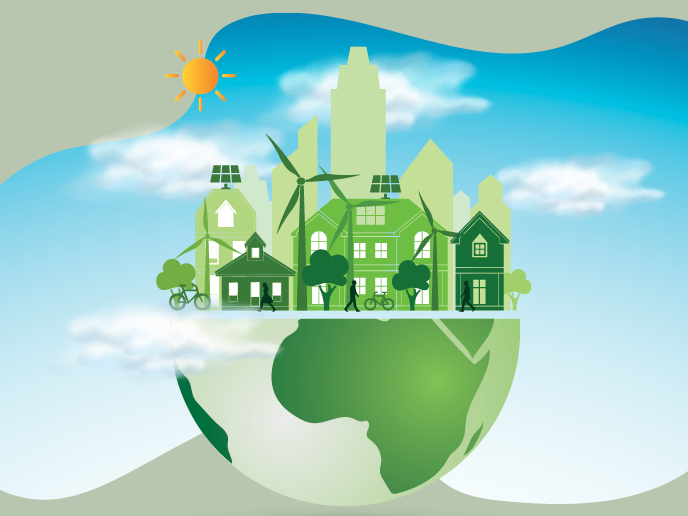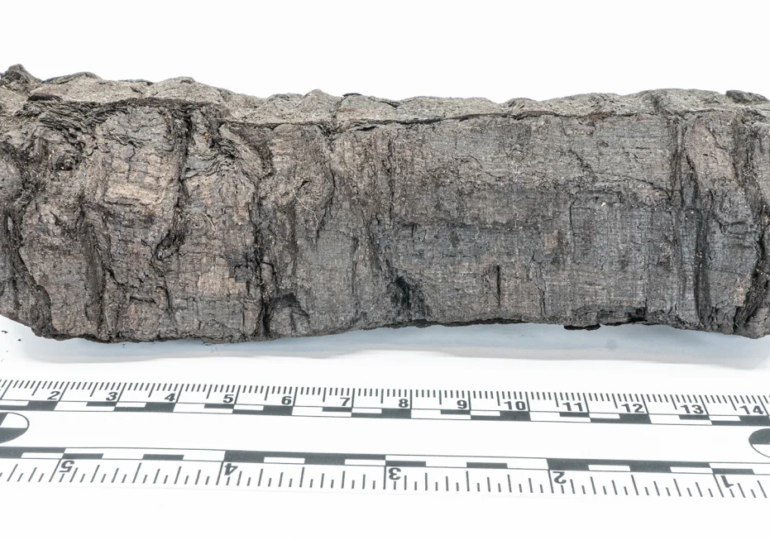New U.S. ‘Green Bank’ Aims to Direct Over $160B in Capital Toward Climate Tech

The establishment of a green bank marks a significant shift in financing towards smaller renewable energy projects that have been overlooked by traditional banks. With $20 billion in grants awarded by the EPA, these funds will be used to provide loans for initiatives like installing heat pumps and retrofitting affordable housing. Notably, over $14 billion will be directed towards communities in need, including tribal, rural, low-income, and disadvantaged communities.
One key advantage of green bank loans is their ability to be recycled once repaid, contributing to long-term sustainability. The Connecticut Green Bank serves as a successful model, boasting delinquency rates comparable to commercial lenders. Moreover, the goal is to leverage private capital, aiming to attract $7 for every dollar dispersed, potentially even surpassing that figure.

While the $20 billion may seem modest compared to the estimated $27 trillion needed to achieve net-zero emissions by 2050, the green bank’s impact is expected to extend beyond its initial funding. It is poised to stimulate demand for proven technologies and signal to investors the viability of consumer-level climate tech, particularly benefiting low-income and disadvantaged communities.
Ultimately, the green bank’s investment is anticipated to create jobs, lower costs for American families, and contribute to a healthier, safer future for future generations.













